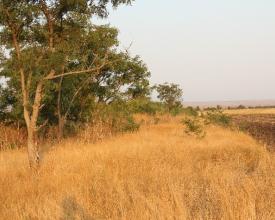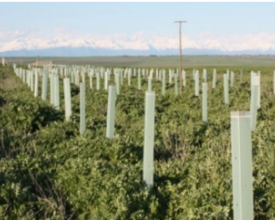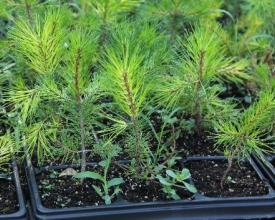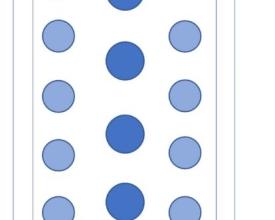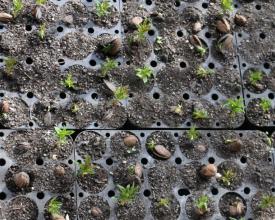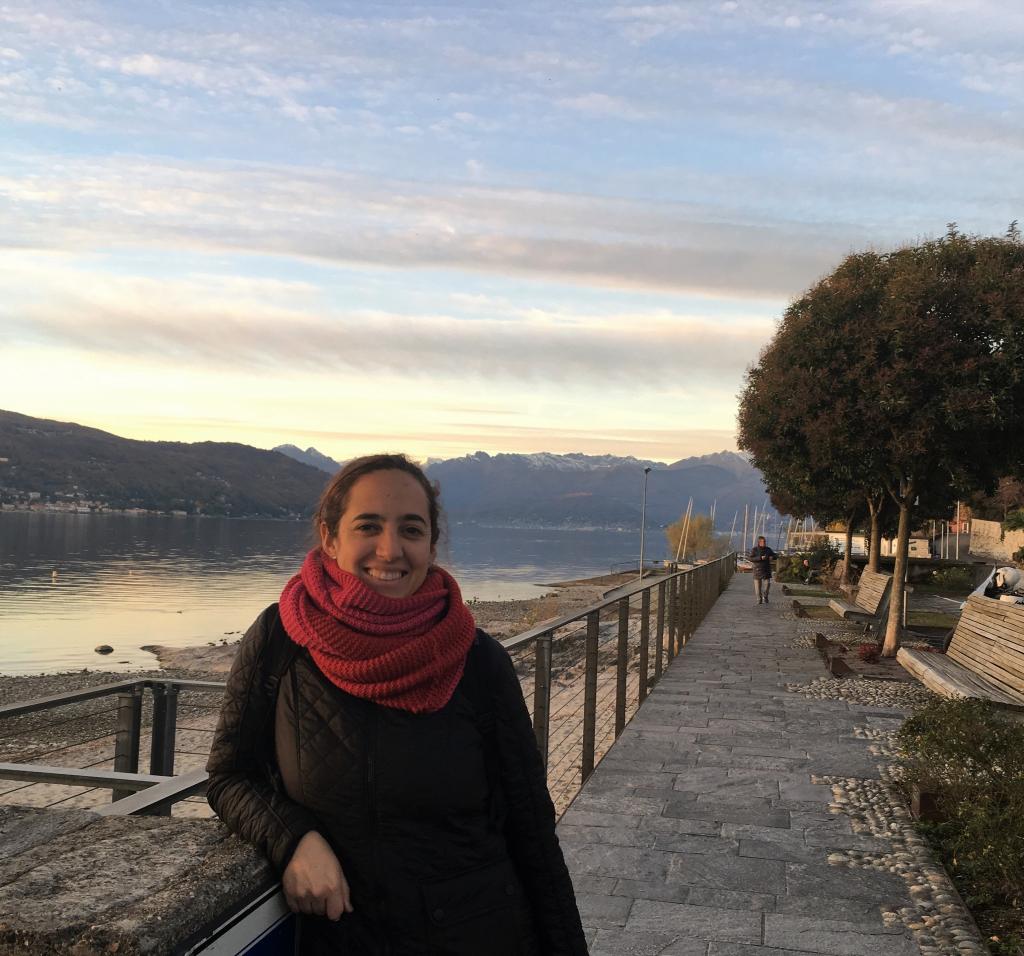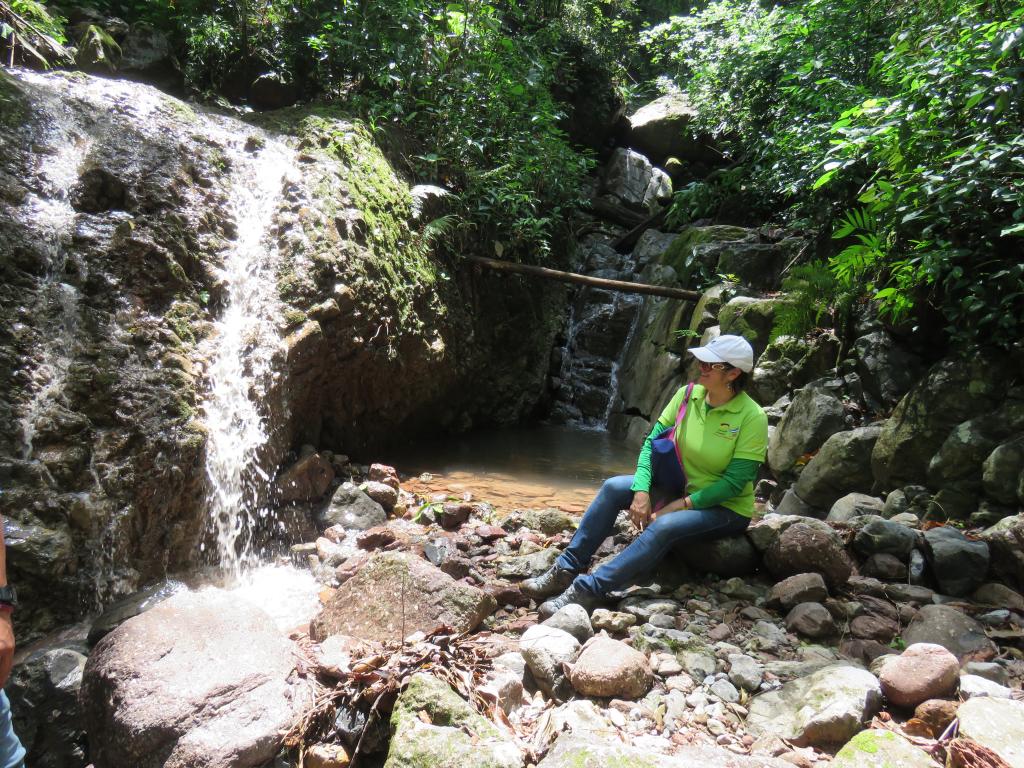
Remise en état des brise-vent
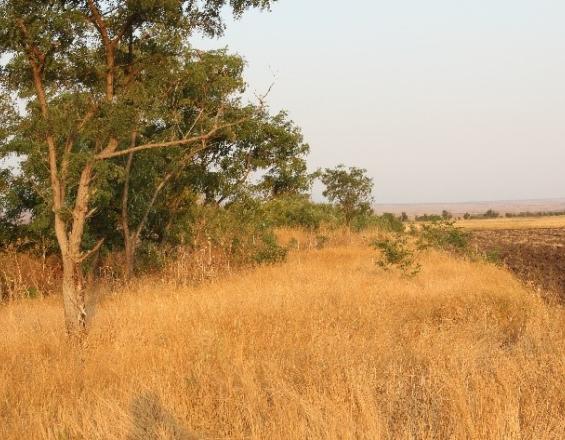
Cet exemple de bonne pratique décrit les brise-vent comme une approche intégrée permettant d'accroître la productivité des terres et la biodiversité à différents niveaux. Les brise-vent sont une mesure bien connue pour lutter contre l'érosion éolienne. Ils consistent en des rangées d'arbres et de buissons en bordure des champs agricoles afin de protéger la couche arable des vents violents. Cette approche a été mise en œuvre en Géorgie orientale entre 2009 et 2019 dans le cadre des programmes "Gestion durable de la biodiversité, Caucase du Sud" et "Gestion intégrée de la biodiversité, Caucase du Sud". Dans le cadre de ces projets, des brise-vent de 11 km de long ont été remis en état et nouvellement établis, avec des arbres et des arbustes plantés sur 10 m de large. Les espèces d'arbres comprenaient l'amandier, l'arbre de Chine, l'olivier de Russie, le pistachier, le poirier sauvage, l'abricotier sauvage, le robinier faux-acacia, le frêne commun, le micocoulier du Caucase, le pin d'Eldar et l'orme champêtre. Ces espèces ont été plantées conformément au plan de plantation élaboré, en utilisant des techniques de préparation du sol et des semis.
Contexte
Défis à relever
Les brise-vent sont un moyen important de s'adapter aux conditions climatiques sèches et de protéger les champs agricoles du vent et de l'érosion du sol. Dans les années 1950-70, environ 1 800 km de brise-vent ont été plantés à Shiraki. Plus de 90 % d'entre eux ont été détruits soit par le feu, soit par des coupes illégales pour le bois de chauffage. Les incendies sont provoqués par les agriculteurs qui brûlent les résidus de récolte et par les bergers qui brûlent les pâturages et les brise-vent pour faciliter la croissance de l'herbe nouvelle et défricher les terres.
La sécheresse, le feu et le gel, mais aussi le broutage par les moutons et le bétail (en migration), ainsi que la coupe illégale pour le bois de chauffage constituent les principales difficultés rencontrées lors de la réhabilitation des brise-vent. Le manque de clarté des institutions et de la gestion en ce qui concerne les mandats et les obligations en matière d'entretien du système de brise-vent ne fait qu'aggraver la situation.
Emplacement
Traiter
Résumé du processus
L'approche décrite ici couvre une instruction étape par étape sur la réhabilitation ou la croissance des brise-vent. Tous les éléments constitutifs, à savoir la sélection du site et la conception des principes, la sélection des semis, l'entretien et la protection, décrivent les activités et les exigences liées à la réhabilitation des brise-vent. Ils comprennent une séquence d'activités, des leçons apprises et des facteurs favorables à une mise en œuvre réussie.
Le premier bloc commence par la conception et la préparation du site pour la plantation d'espèces d'arbres et d'arbustes résistants à la sécheresse. Le plan de conception spécifie également les arbres à planter dans les rangées centrales et extérieures.
Le deuxième bloc montre la sélection d'arbres et d'arbustes robustes adaptés aux conditions climatiques locales et leur taux de survie. Ces recommandations sont basées sur des tests de terrain effectués pendant la mise en œuvre du projet et ont prouvé leur valeur pour la vallée de la Shiraki. L'irrigation et les conditions de plantation des semis sont également décrites dans ce bloc.
Le troisième bloc montre les résultats de l'analyse coût-bénéfice et comment l'interdiction du brûlage peut améliorer la protection des brise-vent restants et nouvellement établis. Il comprend les prochaines étapes pour une adaptation plus poussée aux brise-vent et les conditions qui favorisent la durabilité de l'approche à l'avenir.
Blocs de construction
Sélection des sites et conception des principes
Le plan de plantation doit être adapté aux conditions locales du site ainsi qu'à l'emplacement, à la longueur et à la largeur des brise-vent. Le brise-vent peut consister en trois ou quatre rangées d'arbres et d'arbustes d'espèces différentes, d'une largeur totale de 10 m et d'une distance de 400 à 500 m entre elles. La rangée centrale est constituée de grands arbres (robinier faux-acacia, frêne commun, micocoulier du Caucase, orme champêtre), tandis que les rangées extérieures sont composées d'arbres ou d'arbustes plus petits (amandier, arbre de Chine, olivier de Russie, pistachier, poirier sauvage, abricot sauvage). La distance entre les arbres et les arbustes est de 2 à 3 m, avec 2 à 3 m entre les rangées dans l'ordre des échecs.
Facteurs favorables
Les semis doivent être plantés en automne selon le plan bien conçu décrit dans le graphique ci-joint. Cela permet aux racines de se reposer pendant un certain temps et augmente les chances de précipitations suffisantes, de pluie et de neige. Les sites de plantation sont préparés de manière à assurer l'écoulement de l'eau. Il est conseillé d'installer des tubes de protection pendant l'hiver. Ils offrent une bonne protection contre le vent et les animaux et augmentent le taux de survie de plus de 70 %.
Leçon apprise
La culture intercalaire de légumes, tels que les oignons et les pommes de terre, dans les brise-vent peut donner de bons résultats et encourager les gens à entretenir et à protéger les brise-vent contre les incendies.
Sélection des semis
Les brise-vent ont été replantés dans la vallée de Shiraki pour lutter contre l'érosion éolienne. Des arbres et des arbustes robustes ont été identifiés au cours de près de dix ans d'essais avec un large éventail d'espèces. Les espèces locales qui ont survécu aux années humides et aux années extrêmement sèches et chaudes ont été sélectionnées pour Shiraki. Les pépinières locales ont fourni leurs plants (en conteneurs). La liste des espèces ayant un bon taux de survie à Shiraki est fournie ci-dessous :
Arbustes pour les rangs extérieurs: Amygdalus communis, taux de survie : 40-80% ; Koelreuteria paniculata, taux de survie : 50-90% ; Elaeagnus angustifolia, taux de survie : 35-70% ; Pistacia mutica, taux de survie : 70-90% ; Pyrus caucasica, taux de survie : jusqu'à 80%, Prunus armeniaca, taux de survie : 65-75%.
Arbres de la rangée centrale : Robinia pseudoacacia, taux de survie : 50-75% ; Fraxinus excelsior, taux de survie : 40-55% ; Celtis australis subsp. caucasica (syn. Celtis caucasica), taux de survie : 50-80% ; Ulmus minor, taux de survie : 50-80%.
La plupart de ces arbres et arbustes sont fructifères, tolérants à la sécheresse et souvent plantés pour lutter contre l'érosion des sols dans les régions arides.
Les jeunes plants doivent être arrosés au moins 2 à 4 fois par an, à raison de 5 à 10 litres par arrosage, au cours des deux premières années.
Facteurs favorables
Les graines sont collectées dans des zones de réhabilitation plus vastes (de préférence sur des arbres et des buissons ayant survécu à des sécheresses récentes) afin de garantir une provenance appropriée et une adaptation aux conditions écologiques spécifiques du site.
Les graines doivent être préparées professionnellement pour être plantées dans une pépinière.
Leçon apprise
Les expériences de culture d'amandes et d'abricots sauvages par semis ont été couronnées de succès. La culture de pistaches par semis a été moins réussie mais reste recommandable.
Si les semis doivent être transportés sur de longues distances, ils doivent être cultivés dans des conteneurs spéciaux afin d'assurer un bon développement du système racinaire et de minimiser les dommages liés au transport. S'ils sont cultivés à proximité du site de plantation et que le temps de transport est court, les semis peuvent également être cultivés à racines nues.
L'expérience montre que la plupart des plantes sont sûres et complètement autonomes après quatre ans.
Entretien et protection
La GIZ a réalisé une analyse coûts-avantages pour évaluer la valeur de la protection des brise-vent restants, les avantages de la paille en tant qu'engrais et l'impact économique d'une interdiction de brûler les résidus de culture. Les données de l'enquête ont montré qu'une interdiction du brûlage des résidus de culture contribuerait à protéger les brise-vent existants. Le broyage de la paille lors de la récolte et l'intégration ultérieure de la paille dans le sol permettent d'accumuler de la matière organique et de stocker l'humidité dans le sol. L'augmentation de la teneur en carbone du sol accroît la fertilité du sol. La teneur en carbone du sol est un indicateur important pour le suivi de la neutralité de la dégradation des terres (LDN).
Le manque de clarté en matière d'appropriation et de responsabilité institutionnelle est le principal obstacle à la durabilité des brise-vent. Au niveau politique, un groupe de travail dans le cadre du programme forestier national a choisi la restauration des haies brise-vent comme thème principal. Avec le soutien de la GIZ, le ministère de la protection de l'environnement et de l'agriculture a élaboré une politique de réhabilitation et de protection des haies brise-vent. Sur cette base, une nouvelle loi sur les brise-vent a été élaborée afin de clarifier la situation en définissant clairement les responsabilités en matière d'entretien et de gestion des brise-vent. À ce jour, la loi est en phase préparatoire au sein de la commission agraire du Parlement géorgien.
Facteurs favorables
Ces étapes sont importantes pour assurer la durabilité de la réhabilitation des brise-vent :
- Approbation officielle de la nouvelle loi sur les brise-vent
- Lancement et développement d'un programme national de réhabilitation et de protection des haies brise-vent afin de garantir un certain degré d'autosuffisance en matière de production de blé (pour la sécurité nationale).
- Introduction d'alternatives au brûlage agricole
- Sensibilisation aux avantages et soutien des utilisateurs des terres dans l'utilisation des résidus agricoles (par exemple, pour la fabrication de briquettes, comme paille pour les étables).
Leçon apprise
Il est important de contrôler les incendies car ils se propagent facilement dans les champs. Si les agriculteurs continuent à brûler, il est difficile d'atténuer efficacement l'impact de ces incendies. Une interdiction légale de l'incinération ou du brûlage des résidus de culture protégera mieux les agriculteurs contre les incendies imprévisibles provenant des exploitations voisines.
Impacts
Les brise-vent protègent les terres de l'érosion éolienne et de la sécheresse et contribuent à augmenter les rendements agricoles et la production de bois. Les brise-vent offrent des zones de refuge aux espèces végétales sensibles aux herbicides et au labourage, ainsi qu'un abri et un habitat de reproduction aux oiseaux et aux petits mammifères, y compris les prédateurs des ravageurs agricoles. La litière des arbres améliore les conditions du sol et a un impact positif sur la diversité des vertébrés du sol. Elle réduit la vitesse du vent jusqu'à 200 m dans les terres arables, ce qui entraîne une réduction de l'érosion éolienne de la couche arable et augmente la productivité du sol. En outre, les brise-vent améliorent le microclimat des cultures qui poussent sous leur abri en réduisant la perte d'humidité.
La restauration des brise-vent contribue à protéger la vallée de la Shiraki de la transformation en steppes dans les décennies à venir. En outre, les brise-vent contribuent à rendre la gestion des terres plus résistante aux effets du changement climatique.
Bénéficiaires
Les bénéficiaires sont les ménages et les agriculteurs, car les brise-vent ont un impact positif sur les cultures et la production de bois. La population locale et les animaux (oiseaux, petits mammifères, insectes) peuvent bénéficier des effets écologiques et climatiques positifs.
